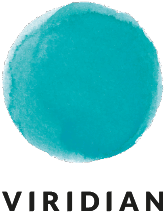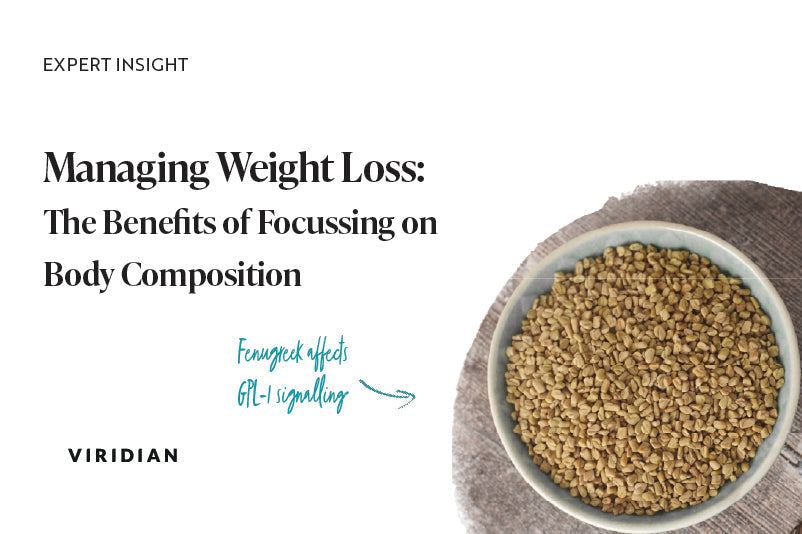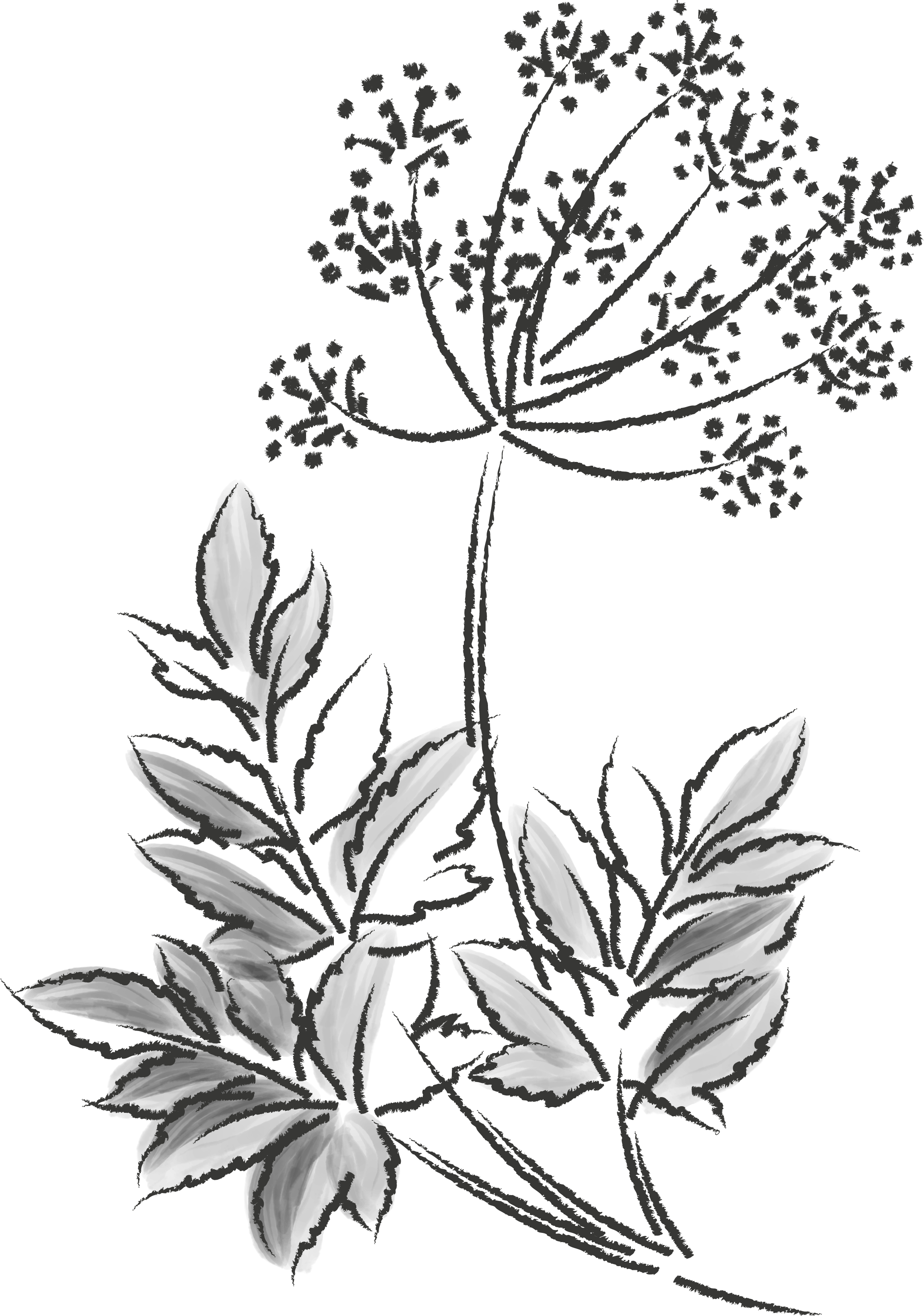Marigold, a remarkable history of medicinal use

Common marigold (Calendula officinalis), blooms a beautiful vibrant orange flower and is part of the daisy family Asteraceae. It is native to southwestern Asia, western Europe and the Mediterranean and has a rich history of use from rituals and important ceremonies by the Romans and Greeks to historical medicinal uses such as relief from headaches and toothache. It is commonly used to add natural colour to food such as salads, soups and custard. What are the therapeutic properties of Marigold?
The deep orange colour of the marigold flower is due to the plant’s natural carotenoid content. Carotenoids are fat-soluble phytonutrients that possess antioxidant properties. Calendula has a wonderful antioxidant profile containing no less than 19 different carotenoids including lycopene, lutein, zeaxanthin, and meso-zeaxanthin.
Carotenoids have been widely researched for their benefits in various areas of health including the ageing process and chronic disease. Additionally, carotenoids are well known to play an important role in eye health, as precursors of Vitamin A, they are important in preventing eyesight decline and protection against light damage. In particular the carotenoid, ‘meso-zeaxanthin’ found in high quantities in marigold flower, has been studied for its benefits on eye health.
What have the studies shown?
In a 12-month study, supplementation with meso-zeaxanthin and lutein was studied at varying doses between three different groups. A statistically significant increase in macular pigment optical density was found in the groups whose supplementation protocol included the meso-zeaxanthin. This in turn, led to an improvement in contrast sensitivity in the eyes.
This impressive flower has also been heavily researched for its benefits in skin health. A systematic review identified some important evidence for the beneficial effects of calendula officinalis on wound healing.
Marigold and the complementing carotenoids
Marigold flowers can be taken alongside other bright orange, carotenoid rich ingredients such as saffron, carrots, and astaxanthin. The benefit of intaking a mix of these carotenoid rich elements ensures a wide range of the different carotenoids are utilised by the body and the different sources will complement the antioxidant spectrum of carotenoids found within each. Consuming a mix of sources will also ensure a higher overall intake of carotenoids within the diet.
Author: Aimée Benbow, BSc (Hons), MSc, ANutr. is Director of Nutrition at Viridian Nutrition.
The information contained in this article is not intended to treat, diagnose or replace the advice of a health practitioner. Please consult a qualified health practitioner if you have a pre-existing health condition or are currently taking medication. Food supplements should not be used as a substitute for a varied and balanced diet.






